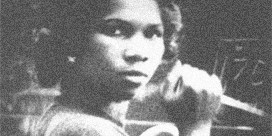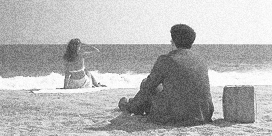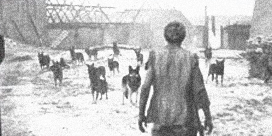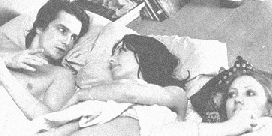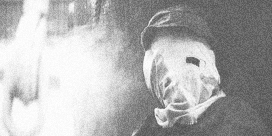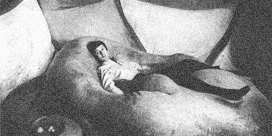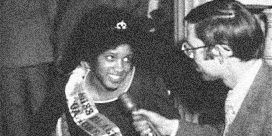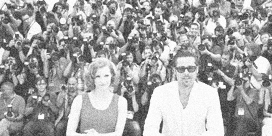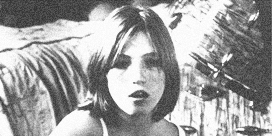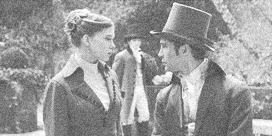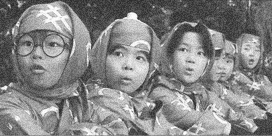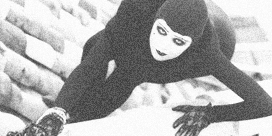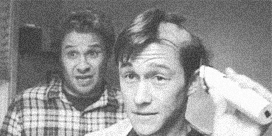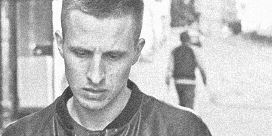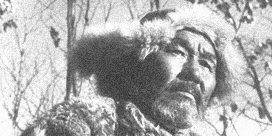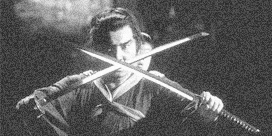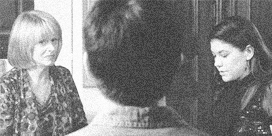August Thirtieth Two-Thousand Eleven
by Leo Goldsmith The Black Audio Film Collective’s Handsworth Songs documents the civil unrest and subsequent police crackdowns in Birmingham in the 1985, and it was the similarity between those events and the demonstrations, riots, and lootings sparked by the killing of Mark Duggan in the United Kingdom this summer that prompted Light Industry’s Ed Halter and Thomas Beard to program a one-off screening at Film Forum. Produced for Channel Four, the Collective’s film harnesses a wealth of material – archival imagery of West Indian migrants and workers, interviews with representatives from South Asian and West Indian immigrant populations, vérité documentation of demonstrations, funerals, and arrests, and even some dark, grungy footage of Jah Shaka playing in an underground club – to form a kind of documentary-as-kaleidoscope, a bracingly experimental non-fiction work without the kind of facile sociology and finger-pointing so common then and now. This sensibility was driven by the collaboration of Collective members like director John Akomfrah and producers Lina Gopaul and David Lawson, but just as emblematic of their approach is the film’s intricate, patchwork sound design – in part the work of Trevor Mathison, later of the dub-ambient-IDM outfit Hallucinator – which collages verbal testimony, music, street sounds, and ominous electronic sound together into an urban soundscape that evokes the complex intersection of cultural forces at work in the volatile community of Handsworth. Too little seen outside of the UK, the Collective’s work connects the dots between the documentary work of Grierson and the Free Cinema Movement, the Dziga Vertov Group of Godard and Gorin, the experimental essay-videography of the 1980s and ’90s by artists like Chris Marker and Su Friedrich, and looks ahead to today’s most forward-thinking non-fiction film and video work.
